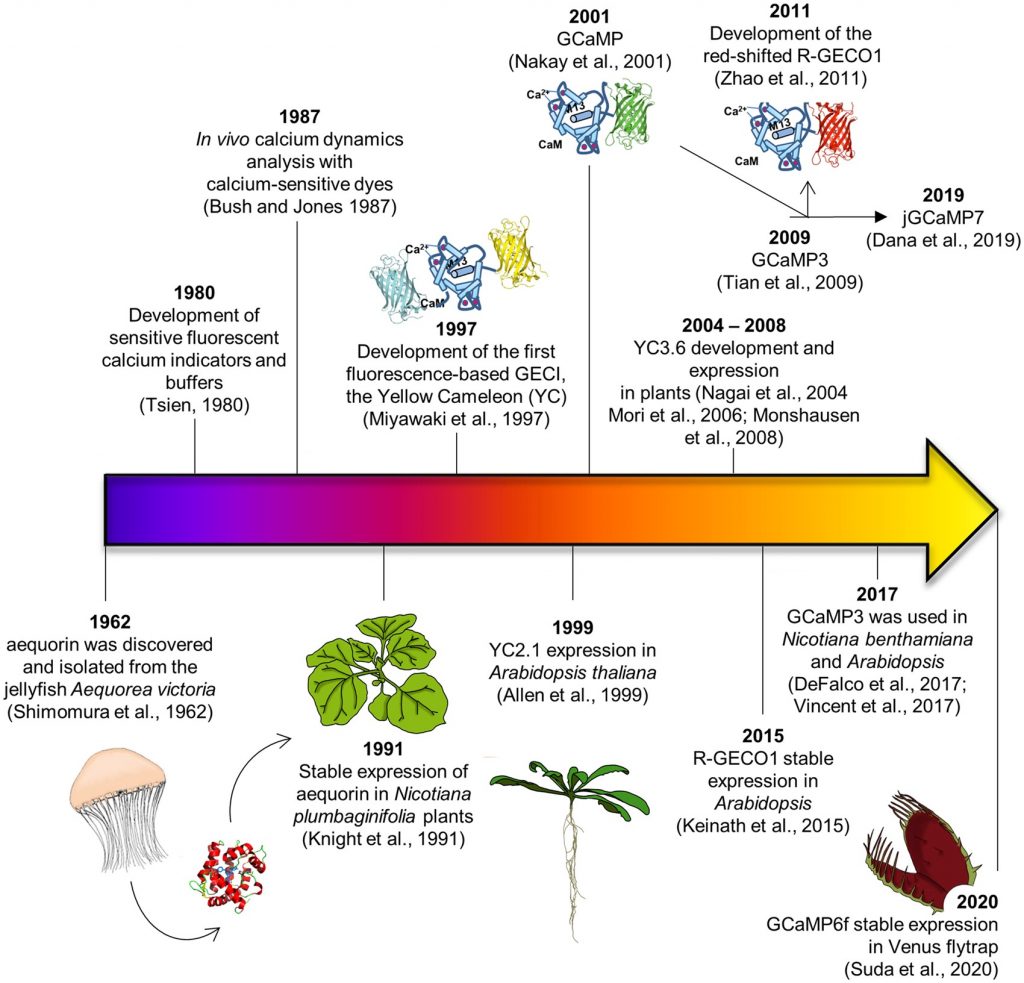
Review: Illuminating the hidden world of calcium ions in plants with a universe of indicators (Plant Physiol)
Plant Science Research WeeklyCalcium ions (Ca2+) are ubiquitous and essential signals, with a very steep concentration gradient from outside to inside the cell. Numerous studies from across the kingdoms have demonstrated that transient Ca2+ fluxes convey information of many types. Here, Grenzi et al. provide an Update on the tools…
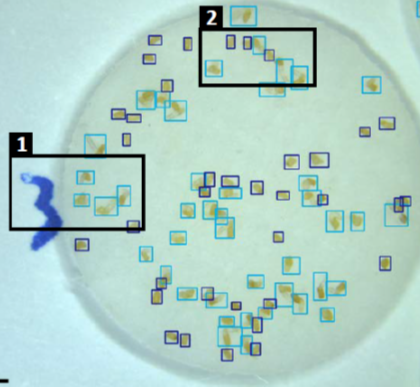
SeedQuant: A deep learning-based tool for assessing stimulant and inhibitor activity on root parasitic seeds (Plant Physiol.)
Plant Science Research WeeklyParasitic plants can completely wipe out a farmer’s harvest. The seeds can lie dormant in soil until they perceive signals from potential host plants, which stimulate germination. Therefore, germination stimulants applied to fields before the crops are planted can cause the parasitic seeds to germinate…
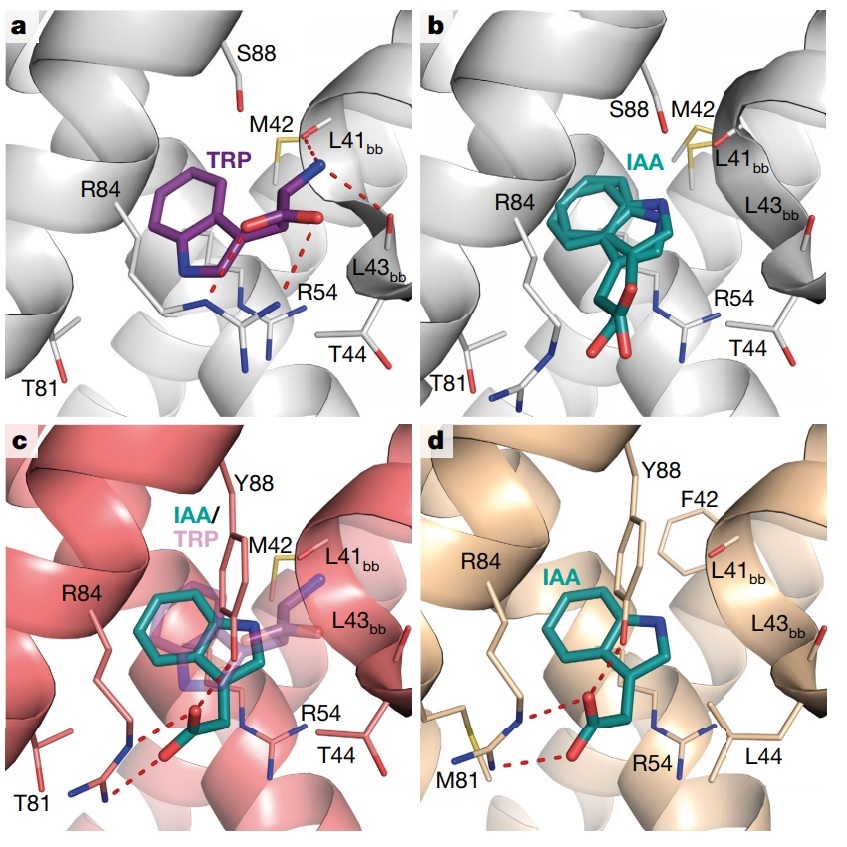
A biosensor for the direct visualization of auxin (Nature)
Plant Science Research WeeklyAuxin is an omnipresent, tryptophan-derived phytohormone that plays roles in innumerable physiological processes, so it is imperative to understand its distribution. Currently the best tools to do so employ the use of indirect sensors, such as the synthetic auxin-responsive promoter DR5. While invaluable,…
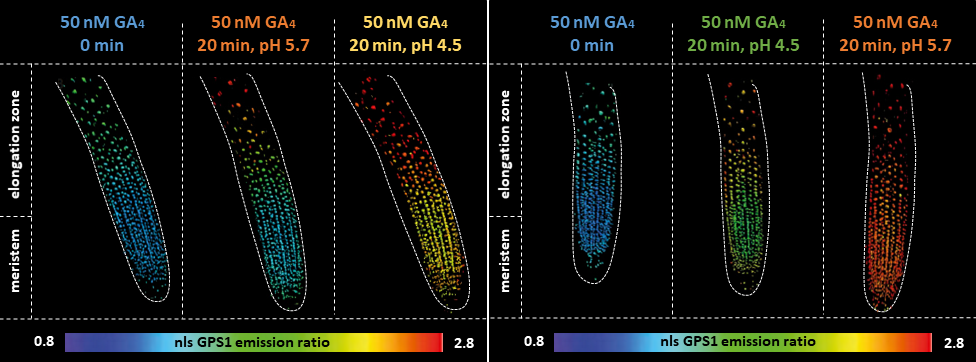
Differential biosynthesis and cellular permeability explain longitudinal gibberellin gradients in growing roots (PNAS)
Plant Science Research WeeklyGibberellin (GA) controls multiple developmental processes throughout the plant life cycle, from seed germination to flowering. In Arabidopsis, GA also regulates division of meristematic cells at the tip of the root and cell elongation in the growing zone. Despite its importance, little is known about…
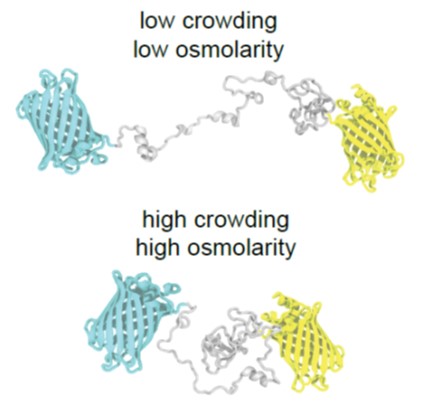
Measuring the physical-chemical effects of osmotic stress in living cells (bioRxiv)
Plant Science Research WeeklyThe osmotic state of a cell is affected by internal (metabolite content) and external (water availability) factors. Recent work by Cuevas-Velazquez and colleagues describes the design of a FRET-based biosensor that allows dynamic monitoring of osmotic stress in living cells. They exploited features of…
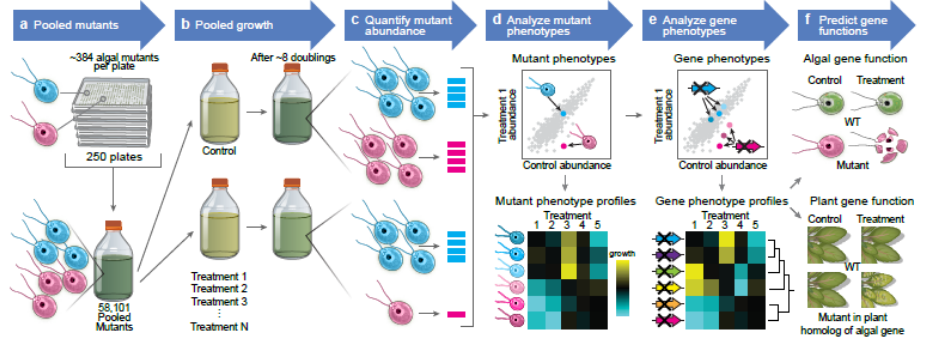
Systematic characterization of gene function in a photosynthetic organism (bioRxiv)
Plant Science Research Weekly
Vilarrasa-Blasi and coworkers described their impressive work on a huge barcoded Chlamydomonas collection, in which they screened almost 60,000 insertion mutants grown under a wide range of environmental and chemical stress conditions. The authors assessed genotype-phenotype specificity for almost…

Gramene 2021: harnessing the power of comparative genomics and pathways for plant research (Nucleic Acids Research)
Plant Science Research Weekly
Gramene (www.gramene.org) is a curated, open-source, integrated data resource for comparative functional genomics in crops and model plant species. It launched 20 years ago and has continually grown and expanded to incorporate new tools and resources. This update by Tello-Ruiz et al. describes its…
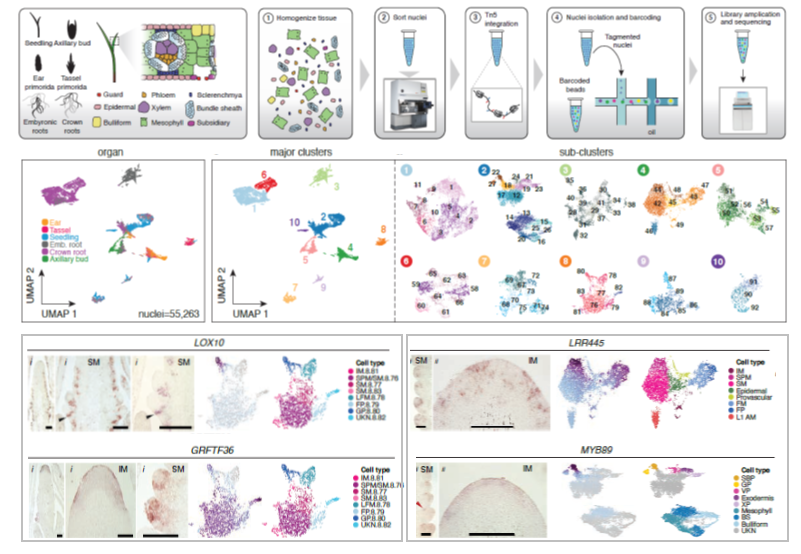
A cis-regulatory atlas in maize at single-cell resolution (bioRxiv)
Plant Science Research Weekly
Cis-regulatory elements (CREs) are DNA sequences found near or within genic regions that drive proper gene expression in time and space. Thus, CREs play essential roles in the diversification of spatially distinct cell-types with specialized function in multicellular organisms. To identify CREs underlying…

A GRF–GIF chimeric protein improves the regeneration efficiency of transgenic plants (Nature Biotechnol.)
Plant Science Research Weekly
Producing a genetically-modified or -edited plant requires two distinct processes: DNA modification, followed by regeneration of a plant from the edited cells. The first process has been greatly enhanced by CRISPR/Cas9, but the second has continued to present challenges. Here, Debernardi et al. demonstrate…

